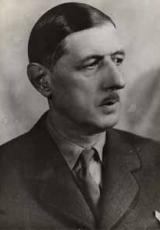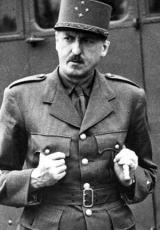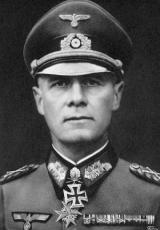Dimitri Amilakvari

Born in the village of Bazorkino in Georgia (the Shida Kartli region), Dimitri Amilakvari was a Prince of the House of Zedguinidze and Grand Master of the Horse to the Georgian Crown. The Brest-Litovsk treaty and the Revolution sounded the death knell for Tsarist Russia and allowed the Kartvel nation to declare independence on the 26th May 1918. However, the young social democratic republic did not take long to falter under pressure from the Russian Bolsheviks and the threat from Turkey on the South West border (Erzurum). On the 25th February 1921, the Red Army finally took over Transcaucasia and the Federation of Soviet Socialist Republics (Armenia, Azerbaijan and Georgia) was created. The tsarist and republican elite were hunted down. The Amilakvari family thus went into exile: to Constantinople and then France; Dimitri was then only about ten years old. As a descendent of the titled Georgian nobility (his grandfather, Ivane was a General and his father, Prince Giorgi was a colonel in the army of the Democratic Republic of Georgia), Dimitri Amilakvari was admitted to the Saint-Cyr military academy in 1924.
He left two years later and enlisted in the Foreign Legion: first posted to the 1st RE in Sidi-Bel-Abbès and then in 1929 to the 4th RE in Marrakech, with whom he took part in the High Atlas campaign, distinguishing himself in May 1932 during the battles of Ait Attou. He was cited again the following year during the battles of Jebel Baddou. Promoted to captain of the 1st RE of Sidi-Bel-Abbès in 1939 and then of the 2nd high mountain battalion group in February 1940, he then took French nationality. It was with the 13th Half-brigade of the Foreign Legion that he saw action in the Second World War. He took part in the operations of the expeditionary corps in Norway, as commander of the company of accompaniment of the 2nd battalion. A valorous soldier, Dimitri Amilakvari won three more citations, which earned him promotion to the dignity of Chevalier of the Légion d'Honneur.
A man of honour and strong convictions, "Bazorka", as he liked to be called, in honour of the village where he was born, decided in June 1940 to take up the fight alongside General de Gaulle. Three days after returning to the Brittany coast, on the 19th June, he set sail from Saint-Jacut de la Mer with a few men from the 13th, reaching England on the 21st via the island of Jersey. Dimitri Amilakvari returned to Dakar in September 1940 as a Legionnaire in the FFL to take part in operation "Menace", before leaving to try to conquer the Pétanist AOF (Gabon and Cameroon), to rally Eritrea and then the Levant territories. "Bazorka" joined the Eastern Brigade at the beginning of 1941 and took part, at the head of the company of accompaniment of the 1st Battalion of the Foreign Legion, in the victory of Keren (March 1941) and the taking of Massaouah (8th April). He distinguished himself once again during the Syrian campaign in June 1941 and was promoted to Head of Battalion. On the 16th September he took command of the 13th DBLE and, a week later, was promoted to Lieutenant Colonel. A valiant soldier and leader of men, he reorganised his troops, training them for war in the desert, for which on the 19th October 1941 he would be presented the flag of the 13th by General Catroux at Homs.
Involved from the start of the Libyan campaign, "Bazorka" commanded a Jock column: a tactical group comprising units of motorised infantry, a battery of towed artillery, a platoon of automatic machine gunners, a section of 75 mm anti-tank canons and light DCA engineering and radio communications units. He proved his audacity and bravery alongside General Koenig (1st BFL) during the battle of Bir-Hakeim (26th May - 11th June 1942). General de Gaulle personally awarded him the Liberation Cross at the El Tahag camp (Egypt) on the 10th August 1942. At the beginning of October 1942, Lieutenant Colonel Amilakvari and his two battalions faced divisions of Rommel's Afrika Korps in the El Alamein area of Egypt. They were sent on ahead for the attack on the 80 metre high Himeimat peak. This mission was accomplished on the morning of the 24th October, when German panzers led a counter-offensive. His units beat a retreat under enemy fire through the middle of a minefield. "Bazorka", with his machine gun on his arm, was hit in the head by a shell. At El Alamein, on the very spot where he died, a white cross reminds us of the courage and sacrifice of this Franco-Georgian Prince, a mythical figure of the Foreign Legion and the godfather of the 143rd class to graduate from St Cyr. On Sunday the 19th November 2006, the 100th anniversary of his birth, Georgians and French attended the inauguration rue Amilakvari in the provincial town of Gori, as well as a room in the local ethnographic museum.





